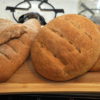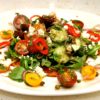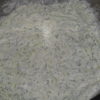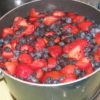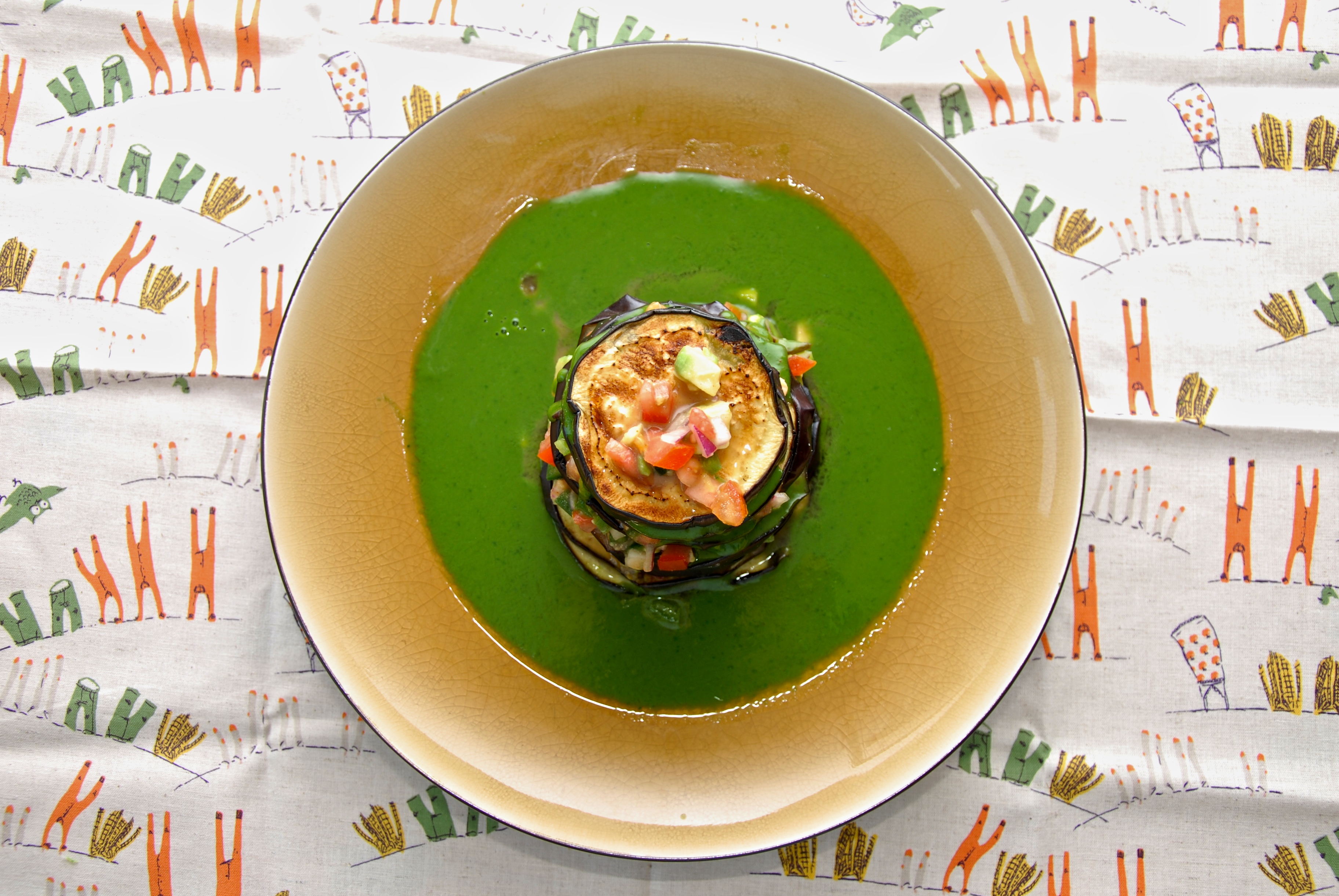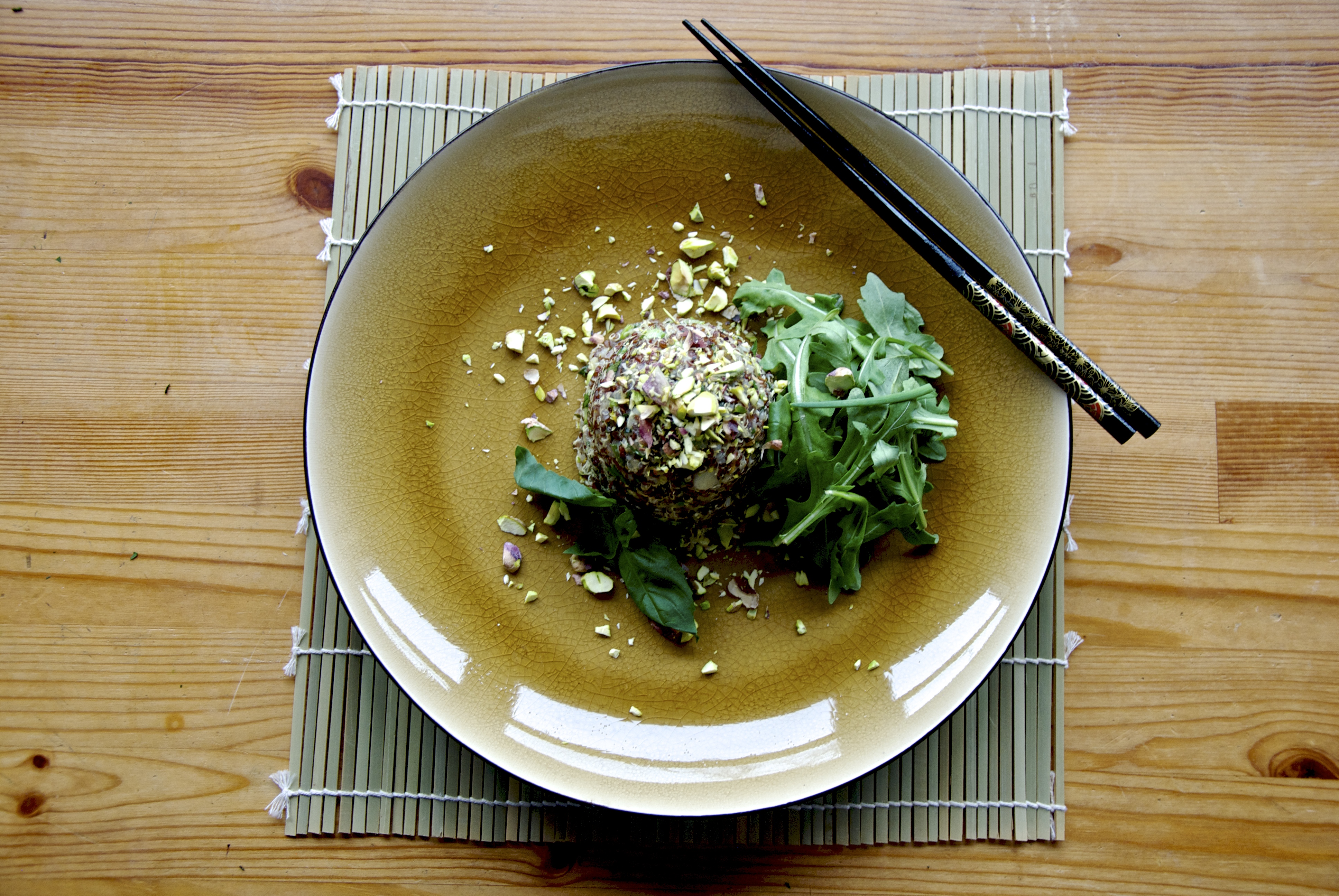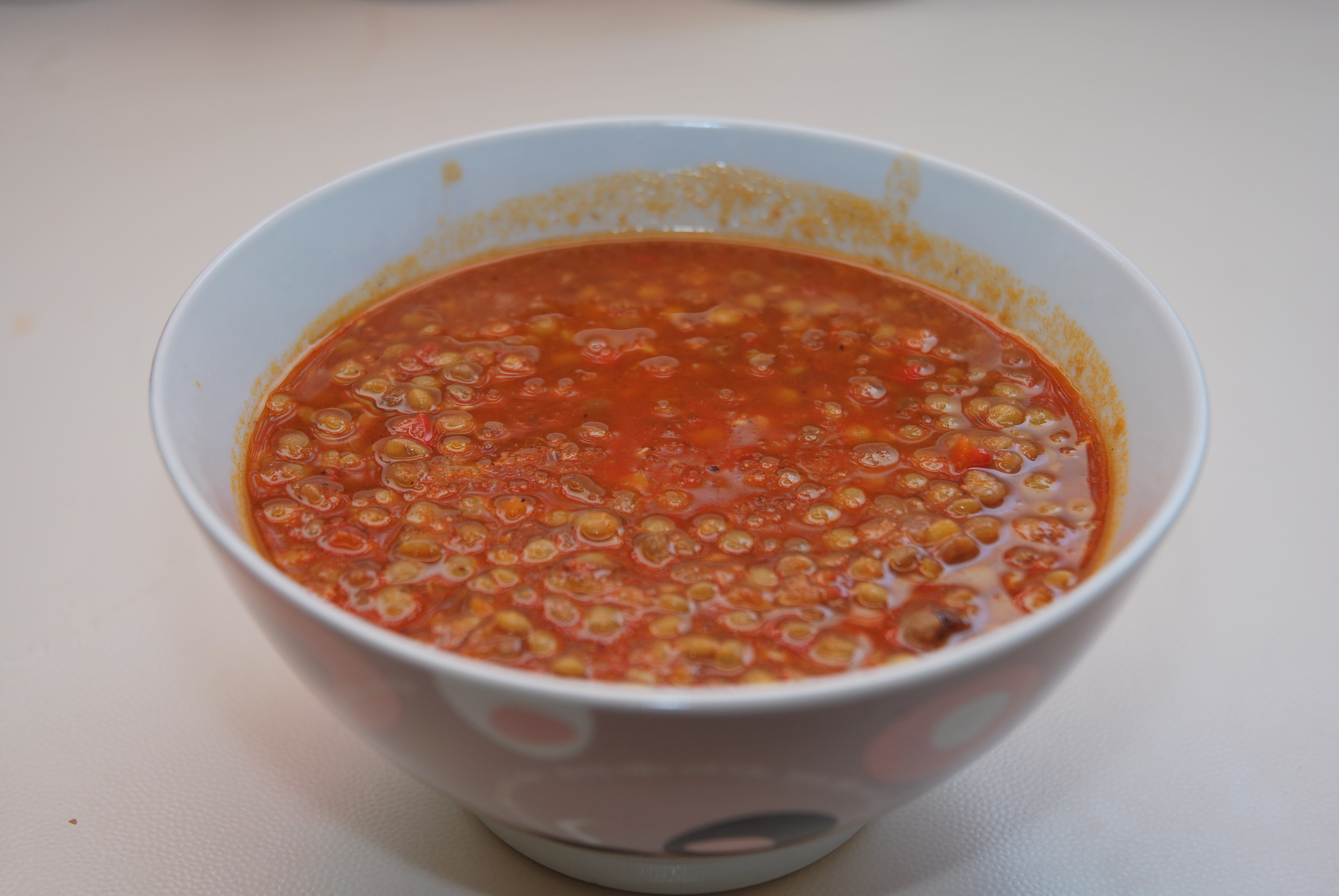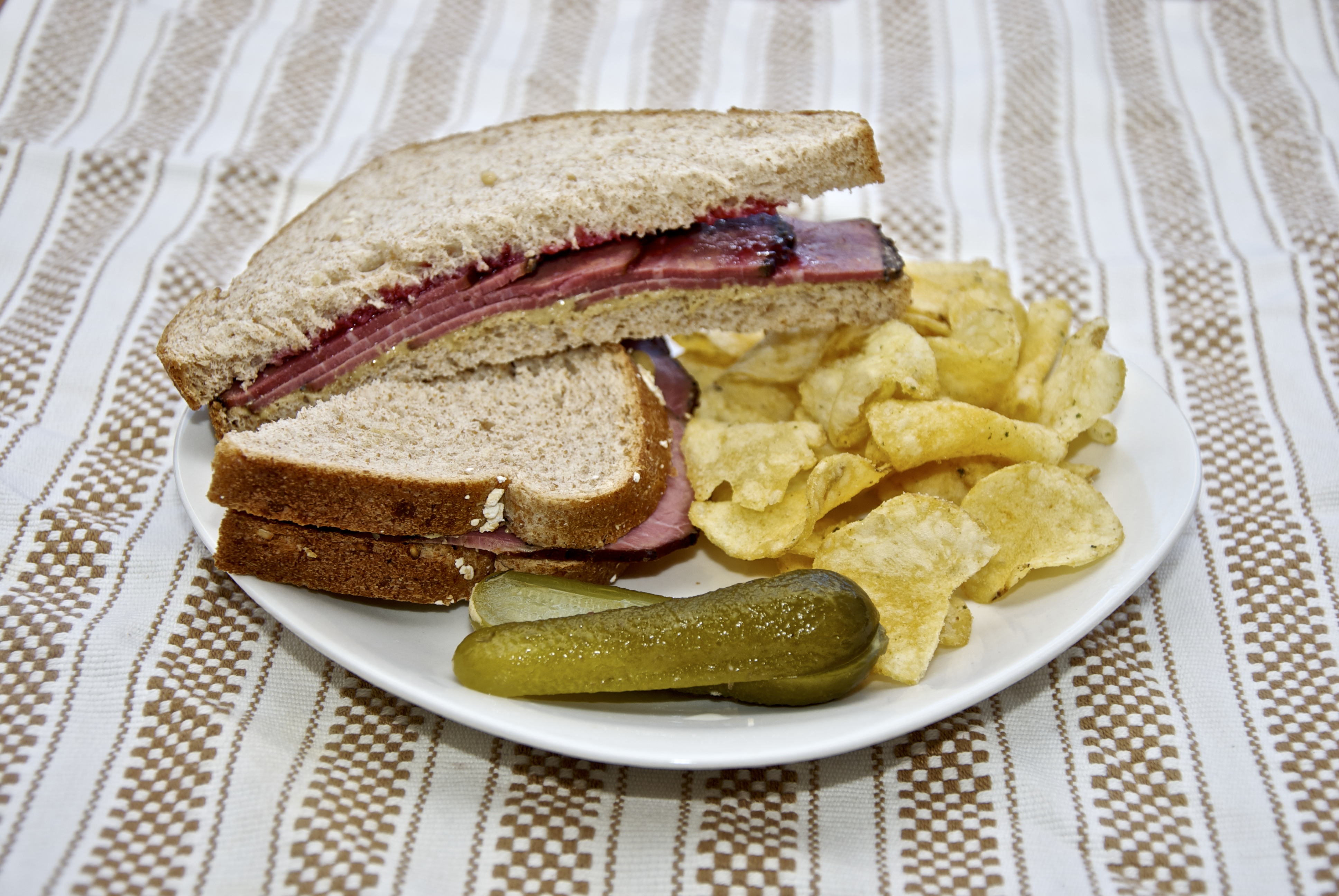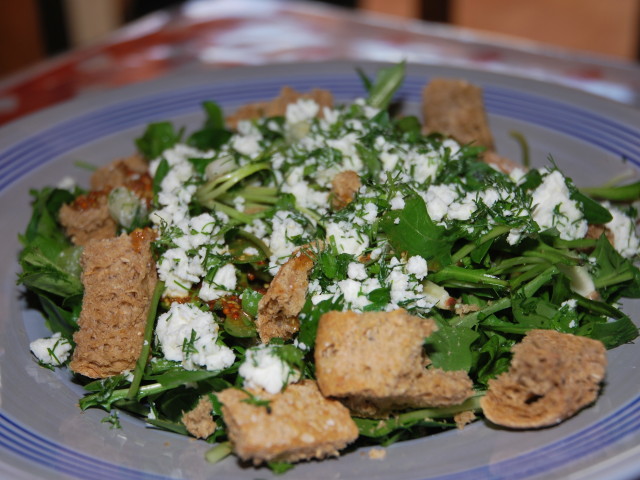
One of the most recognized and well respected diets is the Cretan diet. Why? There are many reasons for this. Firstly the Cretan diet is highly flavored and dominated with the olive oil. The olive and its oil has been part of the diet for nearly 4000 years as evidence have shown that the Minoans have been making oil and consuming the fruit. They have even been using coriander flavored olive oil, although it is not clear if the use of this particular oil was culinary or spiritual. This was carried during the centuries and currently cretans are leading the way with overage consumption of about 27 lt/capital in a year way more than the any other country/region in the world! The use of other fat was very limited since the terrain of the island is not favoring the farming of cattle for animal fat. The only animal fat is from pork (lard) and sheep (butter) but since the pork fat is used mostly for the preservation of the meat (cured meat, packed in animal fat) and the sheep milk is used for cheese making leave olive oil as the dominant fat. In addition the meat was not so used commodity. Cooking meat involved butchering it and preserving it which was hard without fridge (fat preserved only) and therefore the cooking was only done over celebrations, easter christmas etc. The animal source of protein was usually fish, poultry and game. Fish was far leading the way since it was easy to catch, cook and in quantities that did not required preservation. The pantry was also complementing the diet with many legumes (split peas, fava beans, beans, lentils and many grains predominately buckwheat).
Ask any nutritionist about a balanced diet and he will give you a description of this diets: veggies, grains, olive oil, some fish, less poultry and very little red meat. Of course nowadays the modern megamarts with the huge abundance of meat, new ingredients and the refrigeration that allows the presence of meat in every household have rendered this diet obsolete hard to maintain. It is coming back, however, and the dishes that have raised generations and generations of Cretans have become modern and reinvented. So today we will venture to the cretan diet by making a salad that although it was never made before like that, it is as Cretan as it gets, and it is composed of ingredients that 100% Cretan (but one ingredient). It is a Stanmagathi (σταμναγκάθι – …) and Arugula salad. Stamnagathi is a small grass, growing around beaches and as its name denotes in greek means the thorn of the clay pot. This grass is growing around a very rigid and thorny woody sponge that was used as a lid on the pottery that contained the water. The spongy structured allowed the circulation of air, while preventing any intruders to enter. So it is not the thorn of the pot, it is the thorns that are used with the pot.
So what else you will need?

We will need:
• 300 gr of stamnagathi
• A bunch of dill
• A bunch of parsley
• A bunch green onions
• Some paximadi (miniature or regular)
• Olive oil
• Vinegar
• Feta
• and mustard (the non cretan item)

Start by rinsing the greens. Arugula and and stamnagathi are both greens that grow from root up as a stalk pushing upwards through the dirt. That results in a lot of dirt get trapped among the base of the salk and therefore they need very very good rinse. The best way is to fill a bowl with cold water and leave them there for 20 mins or so, giving them an occasional stirring.

Repeat with the arugula, but this time use the sink to fit the whole bunch there. Since the stems are very thick to eat anyway and they will go, leave tight to handle the bunch easier. Oh yeah, I lost the tap of the drain so I am using an inverse coffee mug. It works like a charm!

Repeat with the same with the scallions

Parsley

Dill

While the arugula and the stamnagathi is drying you can chop the aromatics. Start by drying the with paper towels.

Continuing by removing all the big stalks. Inedible and tough.

And finely chop.

Repeat the same process with both parsley and scallions, and add all the aromatics in a big bowl. We are not going to use them all, but it is a nice aromatic trinity that can come hand to all foods, from salads to soups as a finishing touch.

So it is good to keep it for later. In a bowl put a napkin to keep some of the moisture. It will keep for at least a week.

Follow with roughly chopping the arugula by removing the hard stems.

And chopping the leaves in bit size chunks.

The stamnagathi is pretty small, but it is better if you cut it in half. That will make it easier to eat.

Now start building the salad. Start by adding the arugula…


Now add some of the trinity mixture.

And the croutons that are the juanks of the paximadi.


The vinegar.

And the oil, all to taste.

Mix and…


Last take the feta cheese, and

Add the trinity mixture (see I told you is useful),crumple the feta.



